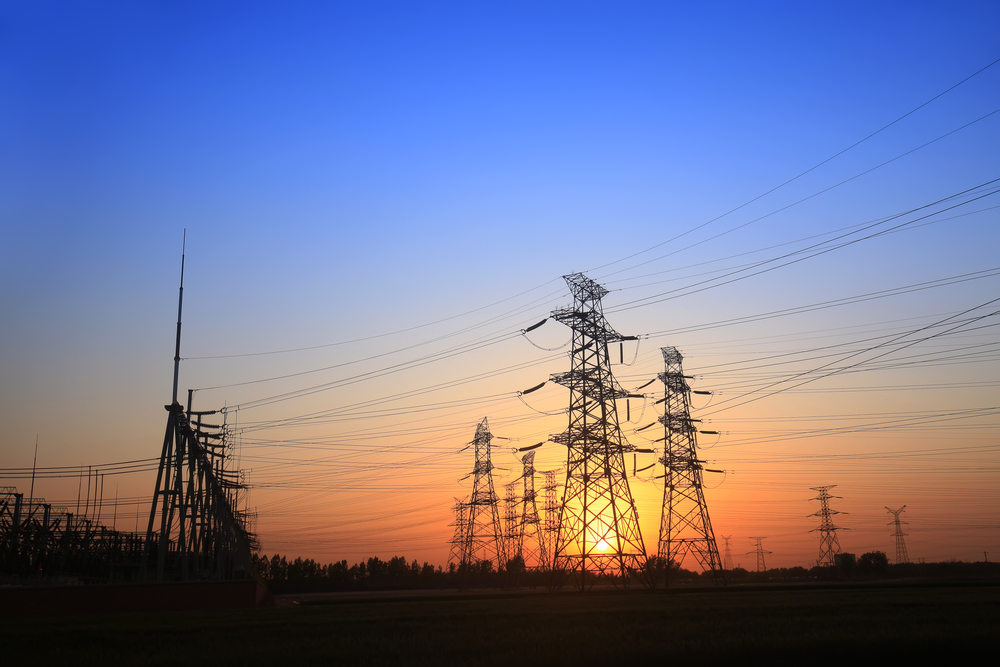
The Japanese will start generating electricity from snow
Previously, snow in the city was simply disposed of by collecting it from the streets and throwing it into the sea. However, the temperature difference between the snow and the surrounding environment can be converted into electricity.
The Japanese city of AOMORI in the north of the region plans to use snow as a source of electrical energy. The trial will begin next month and continue until March. The city will conduct the trial in collaboration with Forte, a local information technology startup, as well as Tokyo University of Telecommunications.
Previously, snow in the city was simply disposed of by collecting it from the streets and throwing it into the sea. However, the temperature difference between the snow and the surrounding environment can be converted into electricity.
The test will involve collecting snow in a closed school pool. Heat exchange tubes will be placed in the tank, in which the air will be cooled. Meanwhile, the outside air is heated by the sun. This temperature difference is used to create a convection flow of the coolant inside the turbine. The convection current rotates the turbine to produce electricity.
Koji Enoki, an associate professor at the University of Electronic Communications, developed the system. It is estimated that this process can produce electricity as efficiently as solar energy.
Electricity from snow is expected to be produced at low costs.
Japanese ocean freight forwarder Mitsui O.S.K. Lines (MOL), for example, plans to commercialize a similar system that generates electricity by exploiting the temperature difference between the water surface and the ocean depths.
MOL aims to produce electricity at a price of around ¥20 (14 cents) per kilowatt-hour by 2025. Japan’s Ministry of Economy, Trade and Industry estimates that this will be lower than the cost of offshore wind power and oil-fired thermal power in 2030.
Snow energy provides a greater temperature difference than deep ocean waters. Therefore, there is a possibility that the production of electricity from snow will cost even less.
There are also plans to use heat from hot springs to create even greater temperature swings. The northeastern region of Japan has many hot spring resorts with lots of snow. One of them is Sukayu Onsen in Aomori.
‘The greater the temperature difference, the greater the efficiency of power generation,’ Enoki said.
Aomori spends tens of millions of dollars each year clearing snow from the roads. Snow is usually dumped into the ocean. If snow energy becomes possible, the heat generated by the plants can efficiently generate electricity through the system.
During the test, separate snow supply systems for enterprises and households will be developed.
Snow energy is considered to have a lower environmental impact than other forms of renewable energy. In July, Kansai Electric Power canceled plans to build a wind farm because it was to be located near a national park. Solar energy produces spent solar panels that need to be disposed of. However, melted snow can be disposed of as normal sewage.
Kasai was inspired to use snow to generate electricity when he heard about a European startup that was using sand to generate electricity. He also said that the new snow power system could provide a solution for European countries facing an energy crisis as a result of the war in Ukraine.
‘I aim to provide snow power generation for colder regions of Europe and other countries as a low-cost method of generating electricity from renewable sources with an acceptable implementation cost,’ Kasai said.

